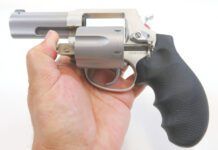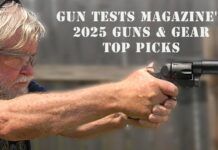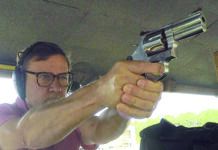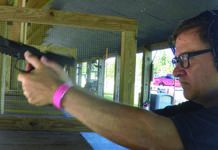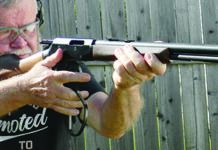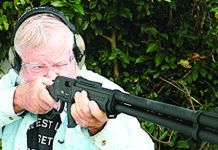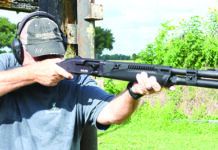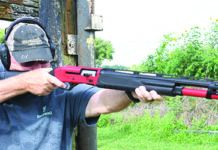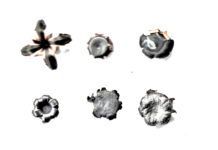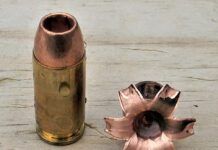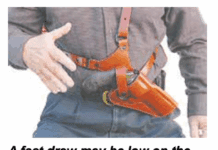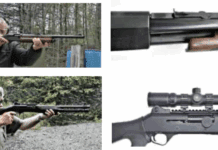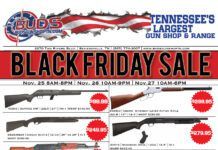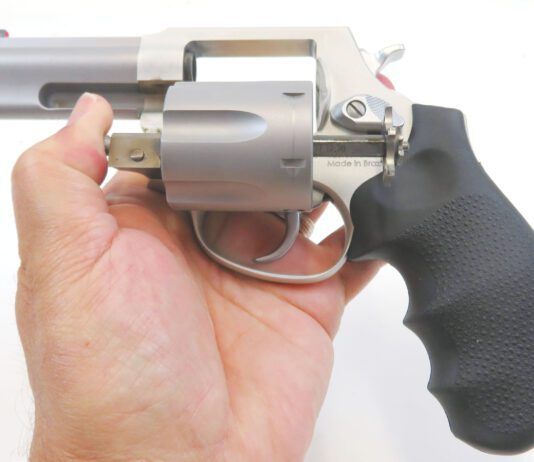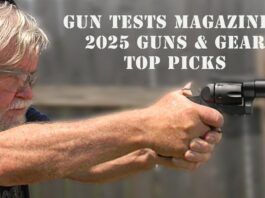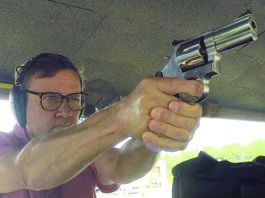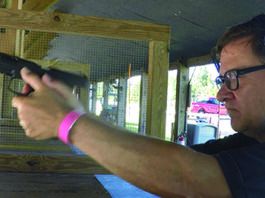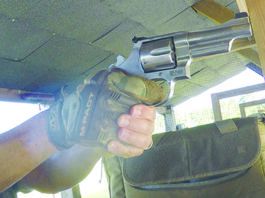Springfield Armory Lightweight Champion Operator PX9115LP 45 ACP
We tested two Caracal 9mm handguns (which have since been recalled) against two 45 ACP handguns in a September 2012 showdown of self-defense pistols. The 45s were the Springfield Armory Lightweight Champion Operator PX9115LP 45 ACP, $1076, and the Dan Wesson ECO 01969 45 ACP, $1662. Here's an excerpt of that report.
Gun Tests Value Guide: 380 ACP Articles List
Gun Agencies Shutdown Update
Kahr Delays Two Pistols
Source of ‘pre-B’ CZ 75 Magazines
Working the Smith & Wesson .38 Double-Action Perfected Model
Smith & Wesson's Perfected .38 double-action model was a top-break revolver with a distinctly 1880s look. It used the action of the more modern Hand Ejector revolvers, however, making it an odd mix of the old and new. This model was introduced in 1909 and was the last new top-break revolver design that S&W introduced. The story goes that a policeman was injured when the perp he was struggling with reached over and unlatched the barrel of his .38 Double Action top-break, leaving the cop with an open and unusable revolver.
Roberts Defense Debuts Customized 1911s
Springfield Armory Custom Shop Professional .45 ACP
The Professional is a complete rebuild, including the installation of a match-grade barrel and complete refinishing. Other parts listed for installation include match hammer and sear, speed trigger, titanium firing pin with extra heavy firing pin spring, beavertail grip safety, ambidextrous thumb safety, low mount Novak rear sight with matching dovetail front sight, 3-dot tritium inserts, magwell, 20-lpi checkering on the front strap, checkered cocobolo grips, beveling of all external parts, deburr complete pistol internally, apply a "Black T" finish to the complete pistol and ship with six Metalform seven-round magazines tuned to the pistol.
Ruger LC9 Model 3200 9mm Para, $443
Gun Tests October 2013 Look-Ahead: 9mm Pistols from Walther, Kriss Sphinx, and CZ USA
Glock 34 9mm
Not much has changed on the Glock 34, and it is still the most popular choice for Practical Shooting competitors, including Dave Sevigny, the most prolific winner in the history of the USPSA Production division.
The G34 featured a 5.3-inch barrel on a full-size frame that housed a 17-round magazine. The G34 has a large cutout in the top of its slide. It might just be the easiest way to produce a slide of the proper weight so that reciprocation remains smooth and reliable.


